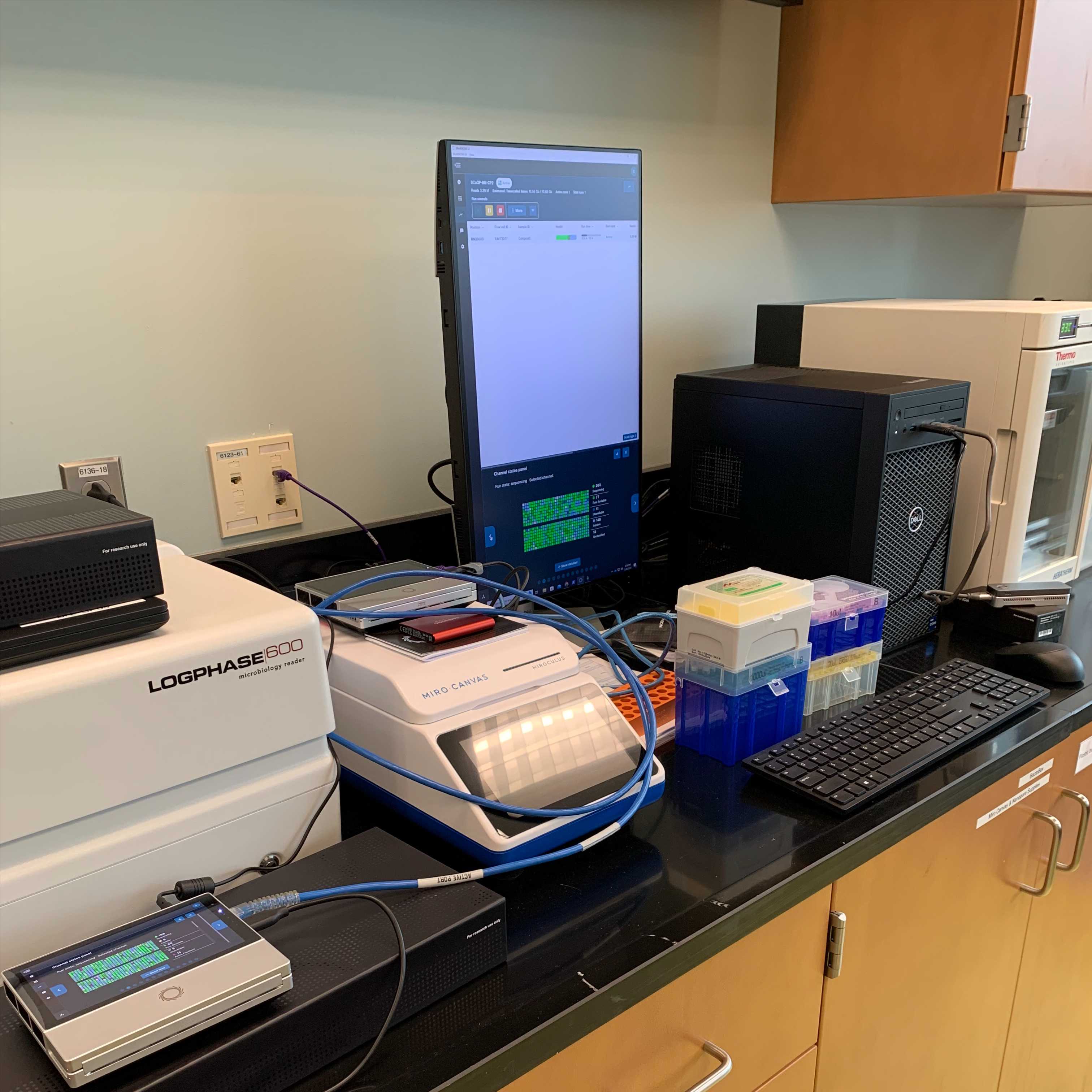Oct 24, 2024
Version 2
Plate Streaking V.2
- 1Biotechnology Teaching Program (BIT), North Carolina State University;
- 2[North Carolina State University]
- BIT-ProtocolsTech. support phone: +91 95134-135 email: ccgoller@ncsu.edu

Protocol Citation: Carlos Carlos Goller, Carly Sjogren 2024. Plate Streaking. protocols.io https://dx.doi.org/10.17504/protocols.io.dm6gpjw1jgzp/v2Version created by Carlos Carlos Goller
License: This is an open access protocol distributed under the terms of the Creative Commons Attribution License, which permits unrestricted use, distribution, and reproduction in any medium, provided the original author and source are credited
Protocol status: Working
We use this protocol and it's working
Created: January 27, 2023
Last Modified: October 24, 2024
Protocol Integer ID: 76001
Abstract
Overview and Goals
Streaking bacteria on agar plates allows scientists to obtain isolated colonies of bacteria. An isolated colony provides up to 10^8 bacteria cells that are genetically identical. This is why we call them clones or refer to them as colonies. The medium we chose to streak out bacteria must provide the nutrients required for prolific organismal growth, and not all bacteria require the same nutrients. There are a variety of types of media and we will use Tryptic Soy Agar (TSA) plates to grow your bacteria, which may or may not support your bacterium's growth.
After completing this lab you will gain the following lab skills:
- Lab safety and proper personal protective equipment (PPE)
- Proper use of equipment: bacterial cell culture incubator
- Bacterial plate streaking
- Bacterial plate incubation
Materials
- Sharpie pen
- Chem wipes
- Sterile inoculation loops
- Pens and lab markers
- Bacterial culture source
- Inoculate plate with TSA media
Before start
Preparation
Learn how to perform bacterial plate streaking to obtain isolated colonies.
- Read this article to learn about ways to streak a plate to obtain isolated colonies: Streak Plate Method- Principle, Types, Methods, Uses (15 min)
- Practice with a pen and paper the “Quadrant Streaking Method.”
F1
F2
Procedure for plate streaking
Procedure for plate streaking
Obtain a fresh petri dish containing TSA media.
Label the bottom of the plate (the side containing TSA media) keeping to the circumference (write on the edge, not in the center) with your bacterial isolate#, your Team#, your initials and today's date. See the diagram below for a visual example. If the surface of the plate is wet, dry it off using a chemical wipe.
Obtain a sterile plastic loop.
Inspect the plate with the bacterial isolate you will characterize.
Using the sterile plastic loop, touch the loop to a single colony on your bacterial source plate.
Streak the bacteria on the loop onto your labeled inoculate plate following the inoculation procedure illustrated above.
Put your lid back on your plate, turn it upside down (lid facing the benchtop) and bring it to the incubation chamber.
Incubate your bacterial plate overnight with the goal of obtaining single isolated colonies.
This would be the result
Note
Critical thinking questions
1.When plating bacteria, why do you think the last of the successive streaking turns will result in individual colonies as opposed to thick lines of bacteria seen at the beginning?
2. Why do you think researchers put plates into an incubator upside down (lids on the bottom)?
